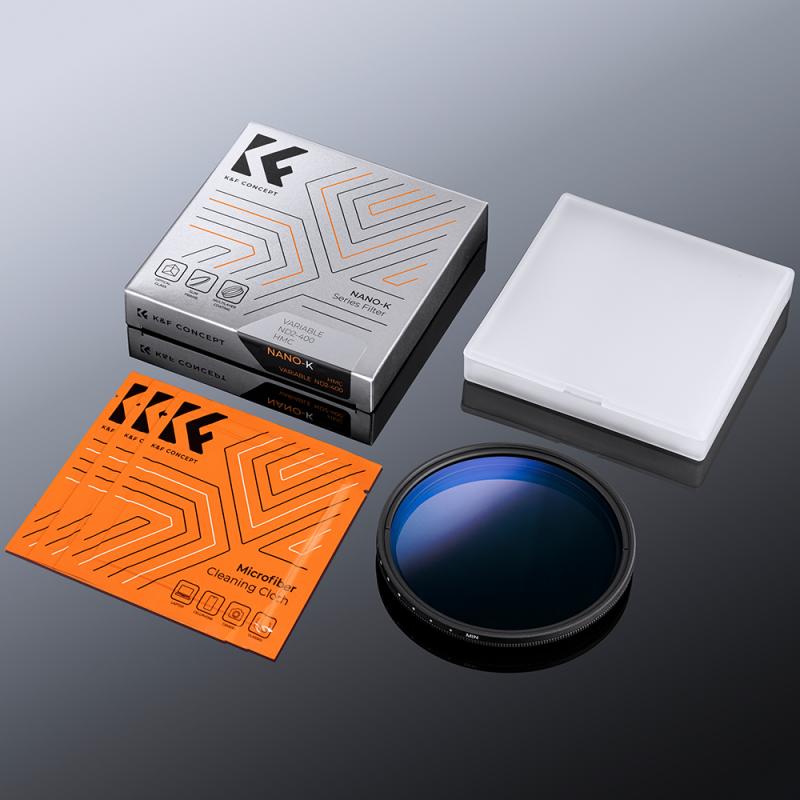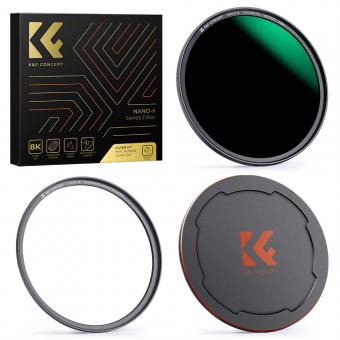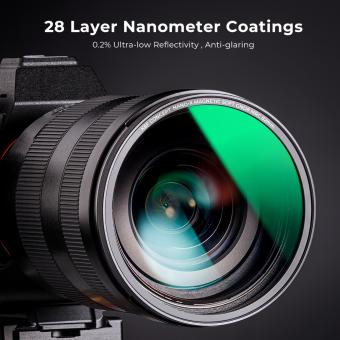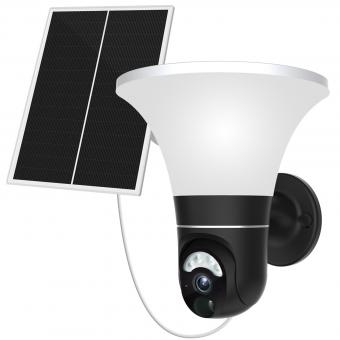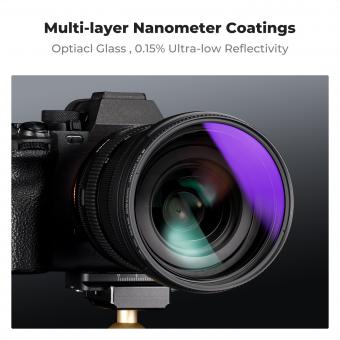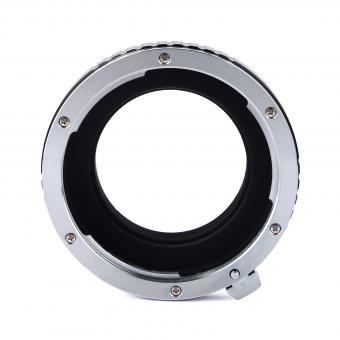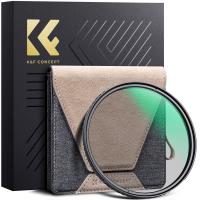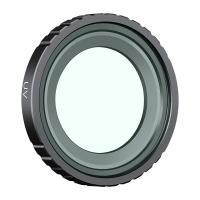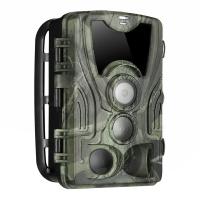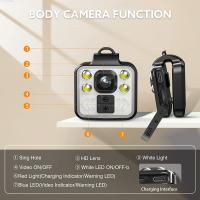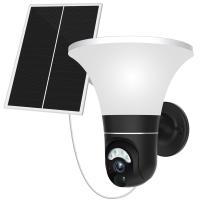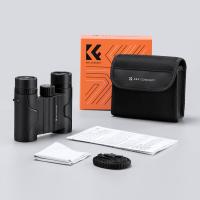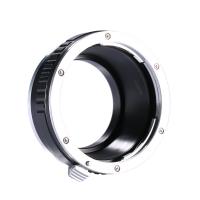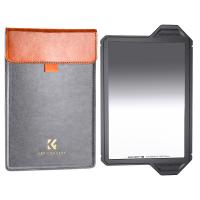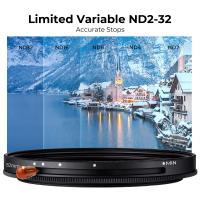What Do You Meme Camera Filter ?
A meme camera filter is a digital filter or effect that can be applied to photos or videos using a camera app or social media platform. These filters are designed to add humorous or satirical elements to the image, often referencing popular internet memes or trends. They can include features such as text overlays, image distortions, or animated elements that enhance the comedic effect. Meme camera filters have gained popularity on social media platforms like Instagram, Snapchat, and TikTok, allowing users to create and share funny and entertaining content with their followers.
1、 Social Media Influence on Photography Trends
Social media has undeniably had a significant influence on photography trends in recent years. One of the most prominent examples of this influence is the rise of camera filters, particularly the "What Do You Meme" filter. This filter, inspired by the popular card game, allows users to overlay humorous captions on their photos, mimicking the style of internet memes.
The "What Do You Meme" camera filter has gained immense popularity on social media platforms like Instagram and Snapchat. It has become a fun and creative way for users to add a touch of humor to their photos and engage with their followers. This filter has also sparked a trend of users sharing their meme-inspired photos, creating a sense of community and shared humor.
The rise of this camera filter can be attributed to the increasing desire for unique and eye-catching content on social media. With millions of photos being uploaded every day, users are constantly seeking ways to stand out from the crowd. The "What Do You Meme" filter provides a quick and easy solution, allowing users to add a humorous twist to their photos without much effort.
Furthermore, the popularity of this camera filter reflects the broader trend of meme culture permeating various aspects of our lives. Memes have become a universal language on the internet, and incorporating them into photography is a natural progression. By using the "What Do You Meme" filter, users can tap into this cultural phenomenon and create content that resonates with a wide audience.
In conclusion, the "What Do You Meme" camera filter is just one example of how social media has influenced photography trends. It has brought humor and creativity to the forefront, allowing users to add a unique twist to their photos. As social media continues to evolve, we can expect to see more innovative camera filters and trends emerge, shaping the way we capture and share our moments.
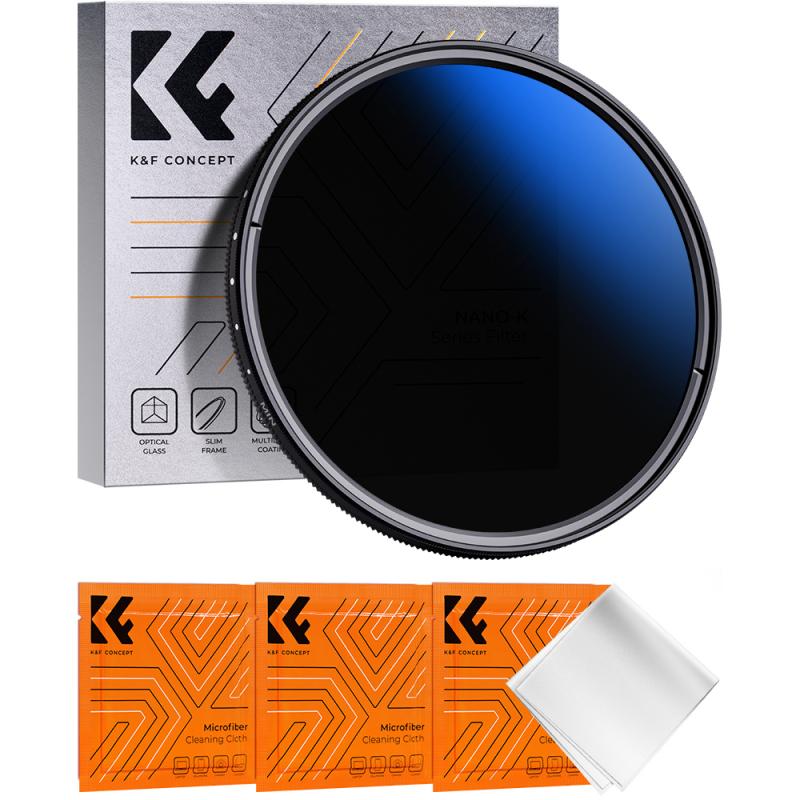
2、 Rise of Memes in Visual Communication
The "What Do You Meme" camera filter is a popular and entertaining tool that allows users to create their own memes using augmented reality technology. This camera filter has gained significant popularity in recent years, reflecting the rise of memes in visual communication.
Memes have become a prominent form of communication in the digital age. They are humorous and relatable images or videos that spread rapidly across social media platforms. Memes have the power to convey complex ideas and emotions in a concise and easily shareable format. They have become a language of their own, transcending cultural and linguistic barriers.
The "What Do You Meme" camera filter taps into this cultural phenomenon by enabling users to create their own memes in real-time. It provides a platform for individuals to express their creativity and sense of humor, while also engaging with the wider meme community. This camera filter allows users to overlay text, images, and animations onto their photos or videos, transforming them into humorous and shareable content.
The rise of memes in visual communication has had a profound impact on various aspects of society. Memes have become a powerful tool for political commentary, social activism, and marketing campaigns. They have the ability to shape public opinion, influence behavior, and create viral trends. The "What Do You Meme" camera filter capitalizes on this trend by empowering users to participate in meme culture and contribute to the ongoing evolution of visual communication.
In conclusion, the "What Do You Meme" camera filter is a testament to the growing influence of memes in visual communication. It reflects the power of memes to entertain, engage, and connect people in the digital age. As memes continue to evolve and shape our online interactions, tools like the "What Do You Meme" camera filter will likely continue to gain popularity and become an integral part of our visual communication landscape.

3、 Impact of Camera Filters on Online Content Creation
Camera filters have become an integral part of online content creation, and the "What Do You Meme" camera filter is no exception. This particular filter has gained popularity due to its ability to overlay humorous captions on images, allowing users to create memes effortlessly. The filter's impact on online content creation is significant, as it has revolutionized the way people engage with and share visual content.
One of the key impacts of camera filters like "What Do You Meme" is their ability to enhance creativity and humor in online content. By providing users with pre-designed captions that can be easily added to images, the filter encourages users to think creatively and come up with witty and relatable memes. This has led to a surge in meme culture, with users constantly sharing and engaging with humorous content.
Moreover, camera filters have also democratized content creation by making it accessible to a wider audience. Previously, creating visually appealing and engaging content required expensive equipment and technical skills. However, with the advent of camera filters, anyone with a smartphone can now create professional-looking content with just a few taps. This has led to a democratization of creativity, allowing individuals from diverse backgrounds to express themselves and share their unique perspectives.
From a marketing perspective, camera filters have also become a powerful tool for brands to engage with their audience. By creating branded filters, companies can encourage users to interact with their brand and share content that aligns with their messaging. This not only increases brand visibility but also fosters a sense of community and connection with the audience.
However, it is important to note that camera filters also have their drawbacks. With the rise of filters, there is a concern that authenticity in online content may be compromised. Users may rely too heavily on filters to enhance their images, leading to a lack of genuine representation. Additionally, the overuse of filters can contribute to unrealistic beauty standards and perpetuate a culture of comparison and self-doubt.
In conclusion, camera filters like the "What Do You Meme" filter have had a significant impact on online content creation. They have enhanced creativity, democratized content creation, and provided brands with new opportunities for engagement. However, it is crucial to strike a balance between using filters as a creative tool and maintaining authenticity in online content.
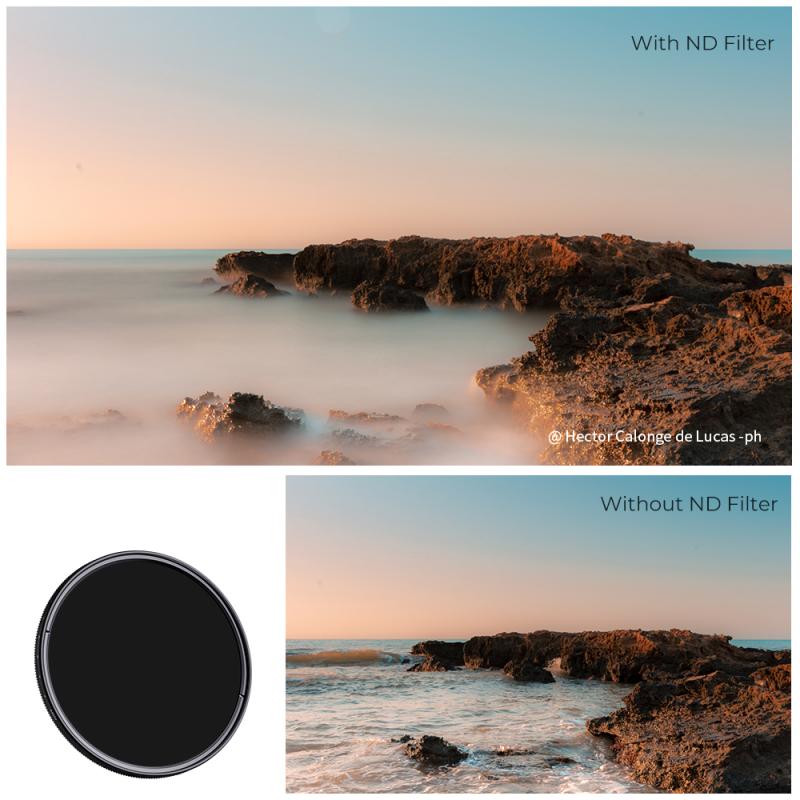
4、 Evolution of Photography Filters in Digital Age
The evolution of photography filters in the digital age has been nothing short of remarkable. From the early days of film photography to the advent of digital cameras, filters have played a crucial role in enhancing and manipulating images. However, with the rise of social media and the popularity of platforms like Instagram, photography filters have taken on a whole new level of importance.
One of the most popular and widely used filters in recent years is the "What Do You Meme" camera filter. This filter allows users to overlay text or captions onto their photos, mimicking the style of popular internet memes. It has become a fun and creative way for people to add humor and personality to their images, making them more engaging and shareable.
But the "What Do You Meme" filter is just one example of the countless filters available to photographers in the digital age. With advancements in technology, photographers now have access to a wide range of filters that can enhance colors, add special effects, or even mimic the look of traditional film. These filters can be applied directly in-camera or during post-processing, giving photographers more control and flexibility in achieving their desired aesthetic.
In addition to the creative aspect, filters have also become an essential tool for photographers looking to establish a consistent and recognizable style. Many professional photographers develop their own unique set of filters, which they use across their portfolio to create a cohesive look and feel. This not only helps them stand out in a crowded digital landscape but also allows them to express their artistic vision in a distinct and recognizable way.
As technology continues to advance, we can expect photography filters to become even more sophisticated and versatile. With the rise of artificial intelligence and machine learning, filters may soon be able to automatically analyze and enhance images, taking the guesswork out of post-processing. Additionally, as virtual and augmented reality technologies become more mainstream, we may see filters that can transform ordinary photos into immersive and interactive experiences.
In conclusion, the evolution of photography filters in the digital age has been a fascinating journey. From the "What Do You Meme" camera filter to the countless other options available, filters have become an integral part of modern photography. They not only allow photographers to enhance and manipulate their images but also provide a means of creative expression and establishing a unique style. With technology continuing to advance, the future of photography filters looks promising, offering even more possibilities for photographers to push the boundaries of their art.
